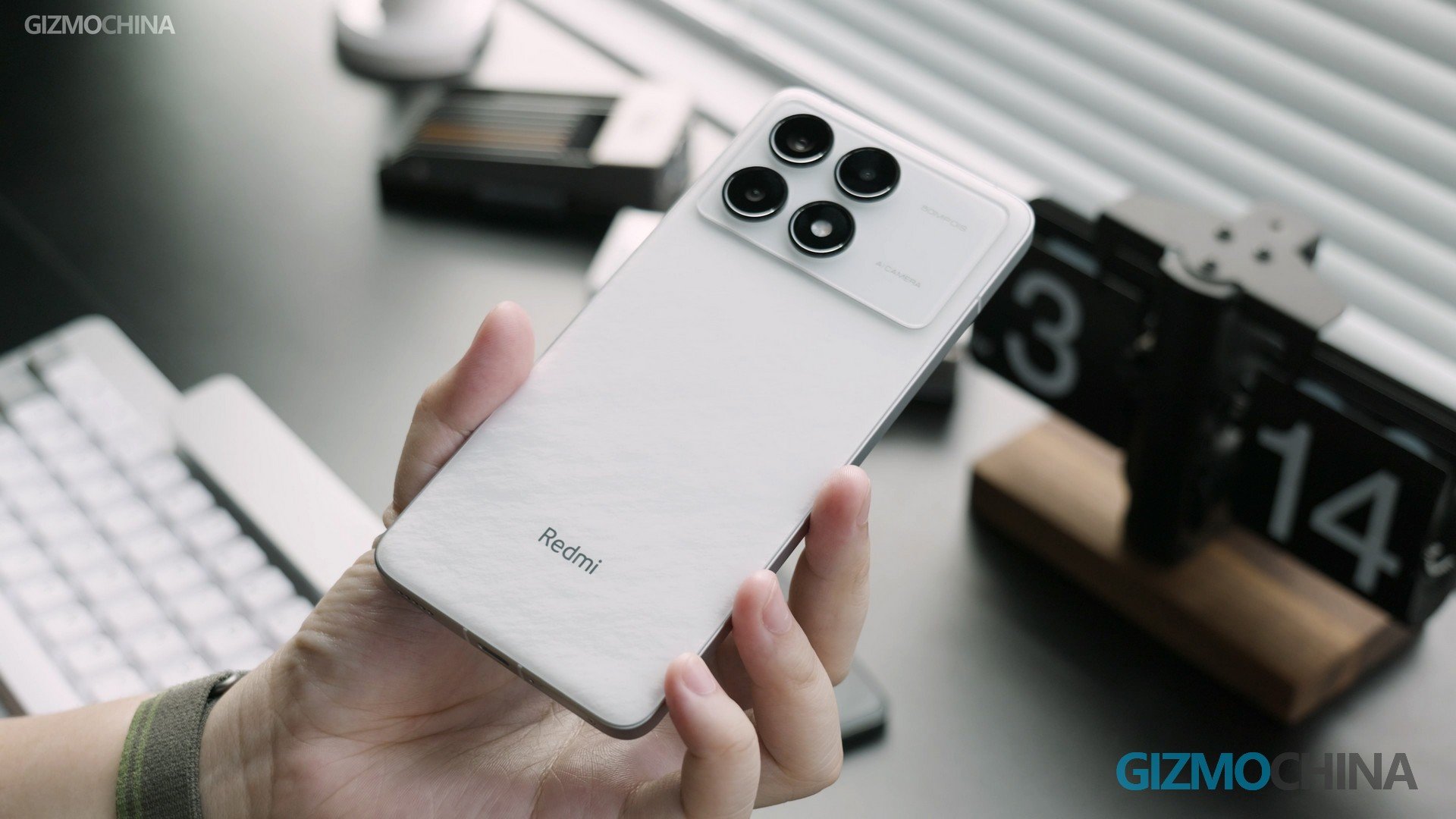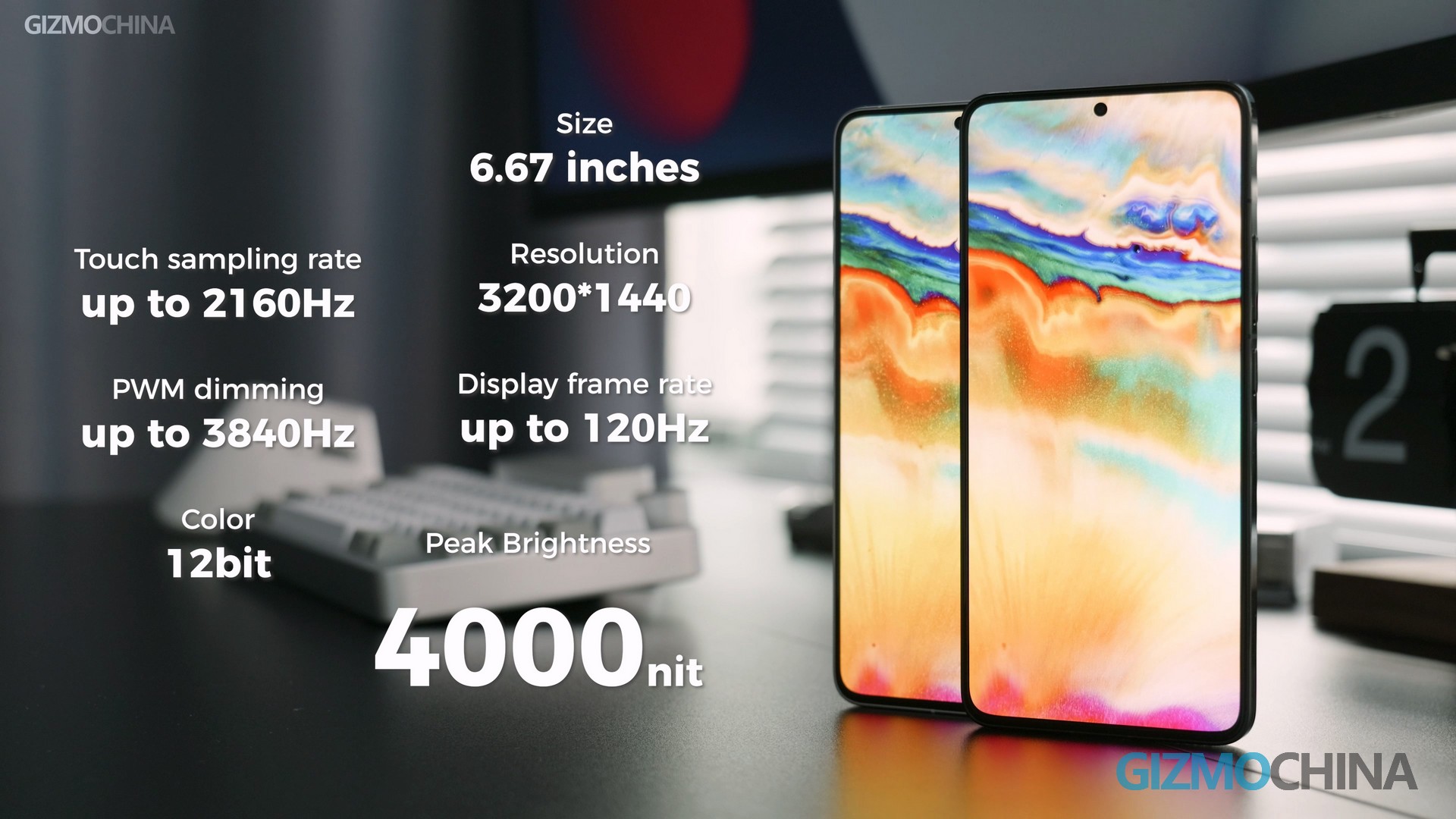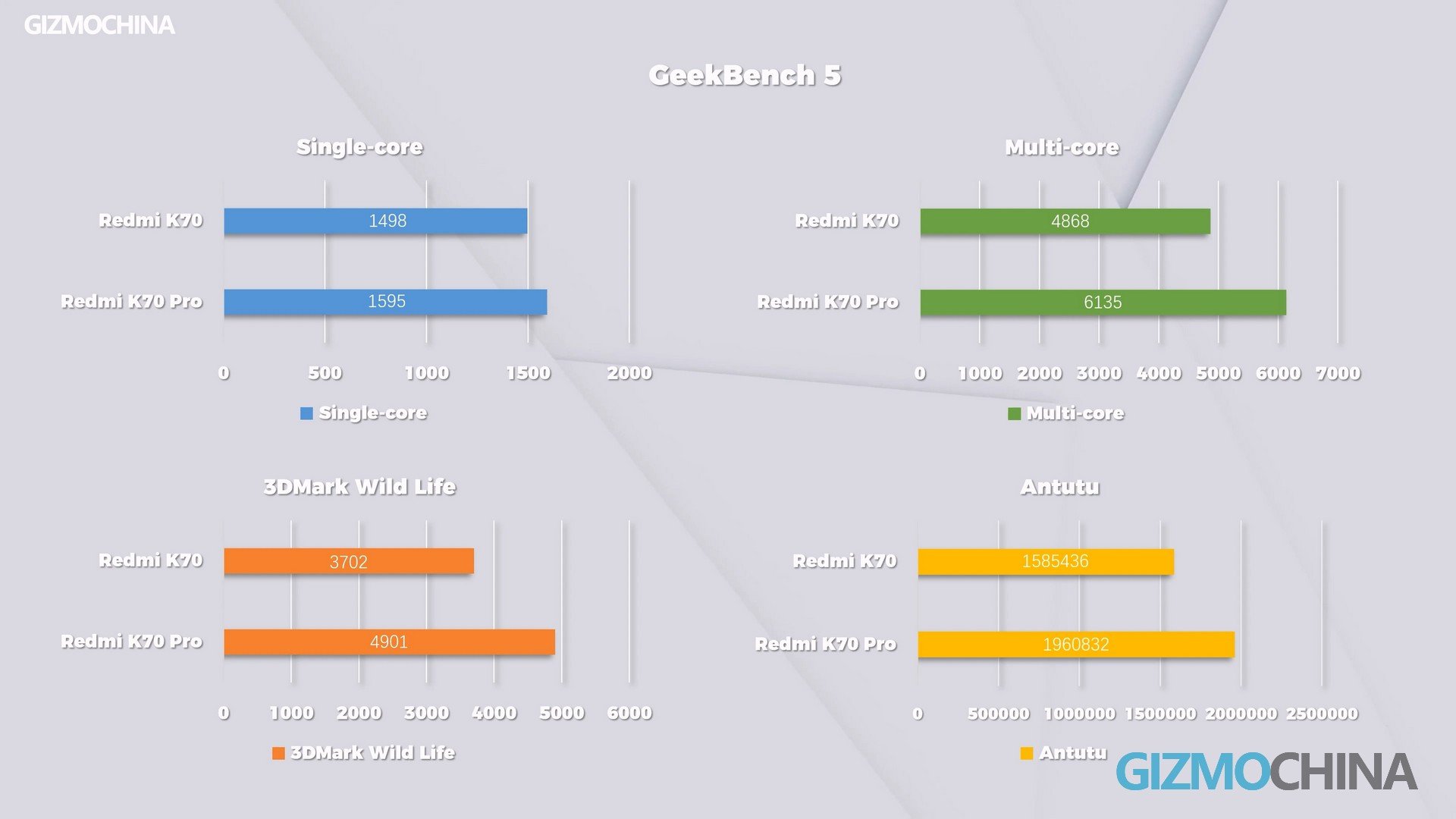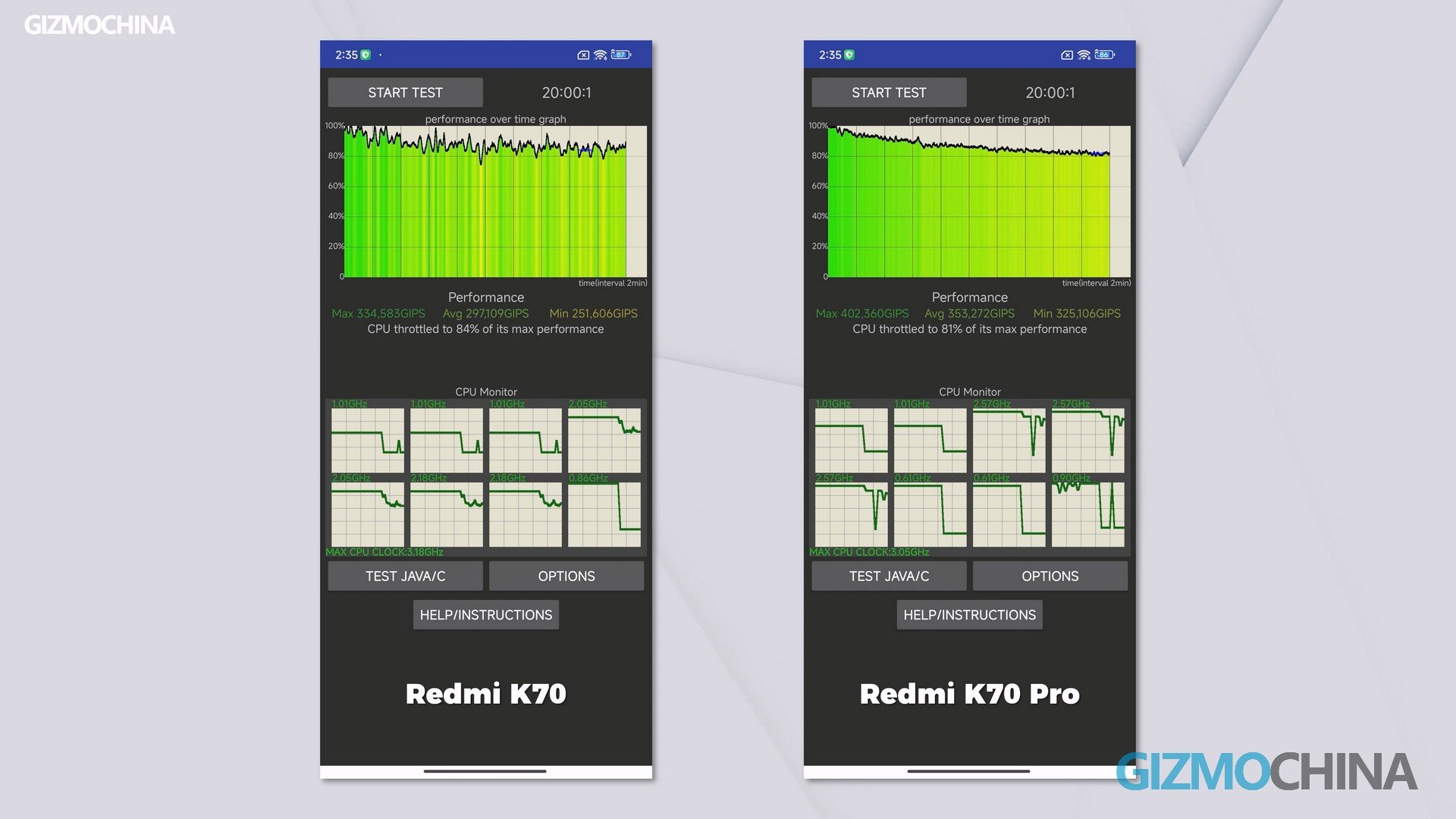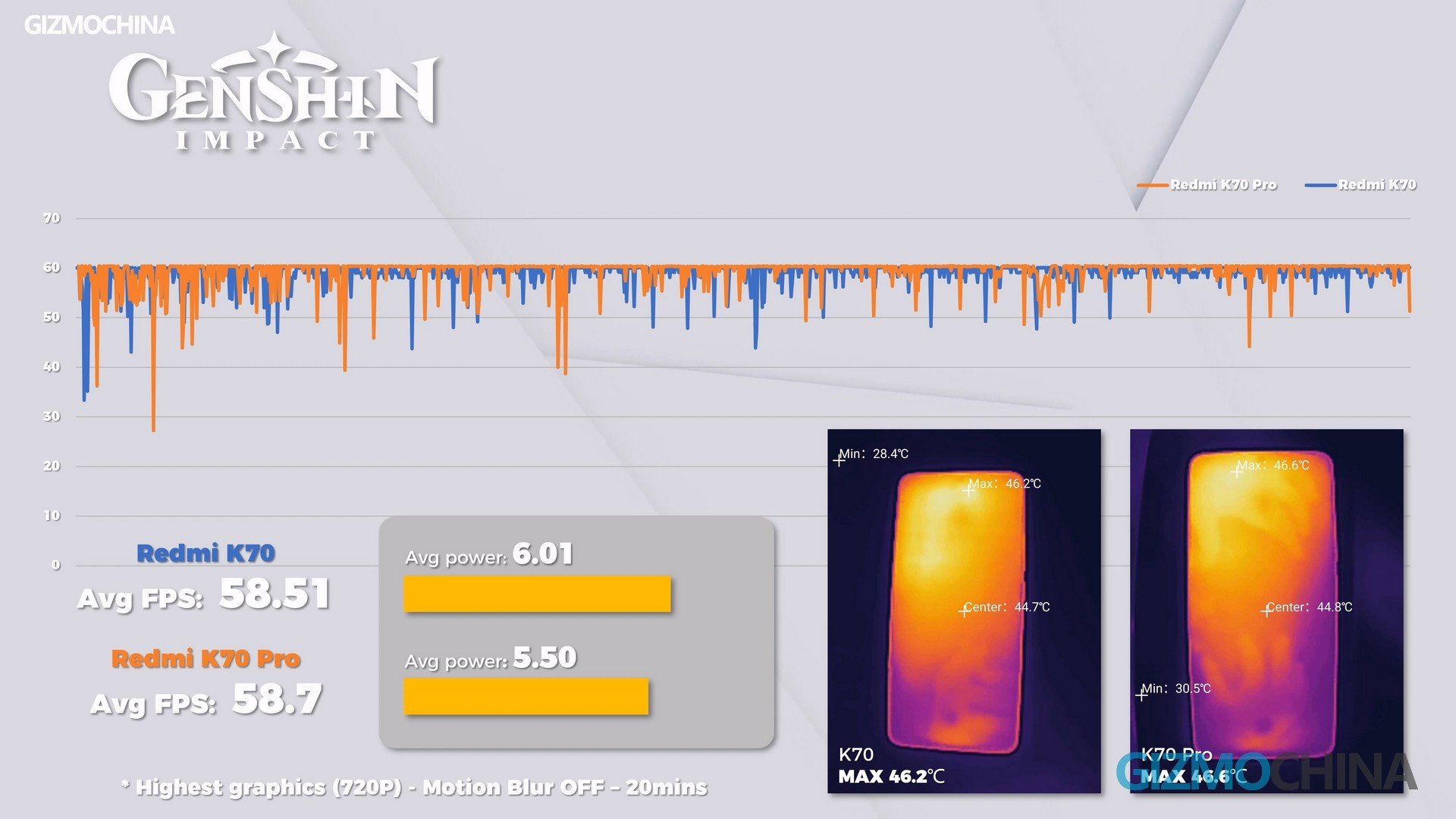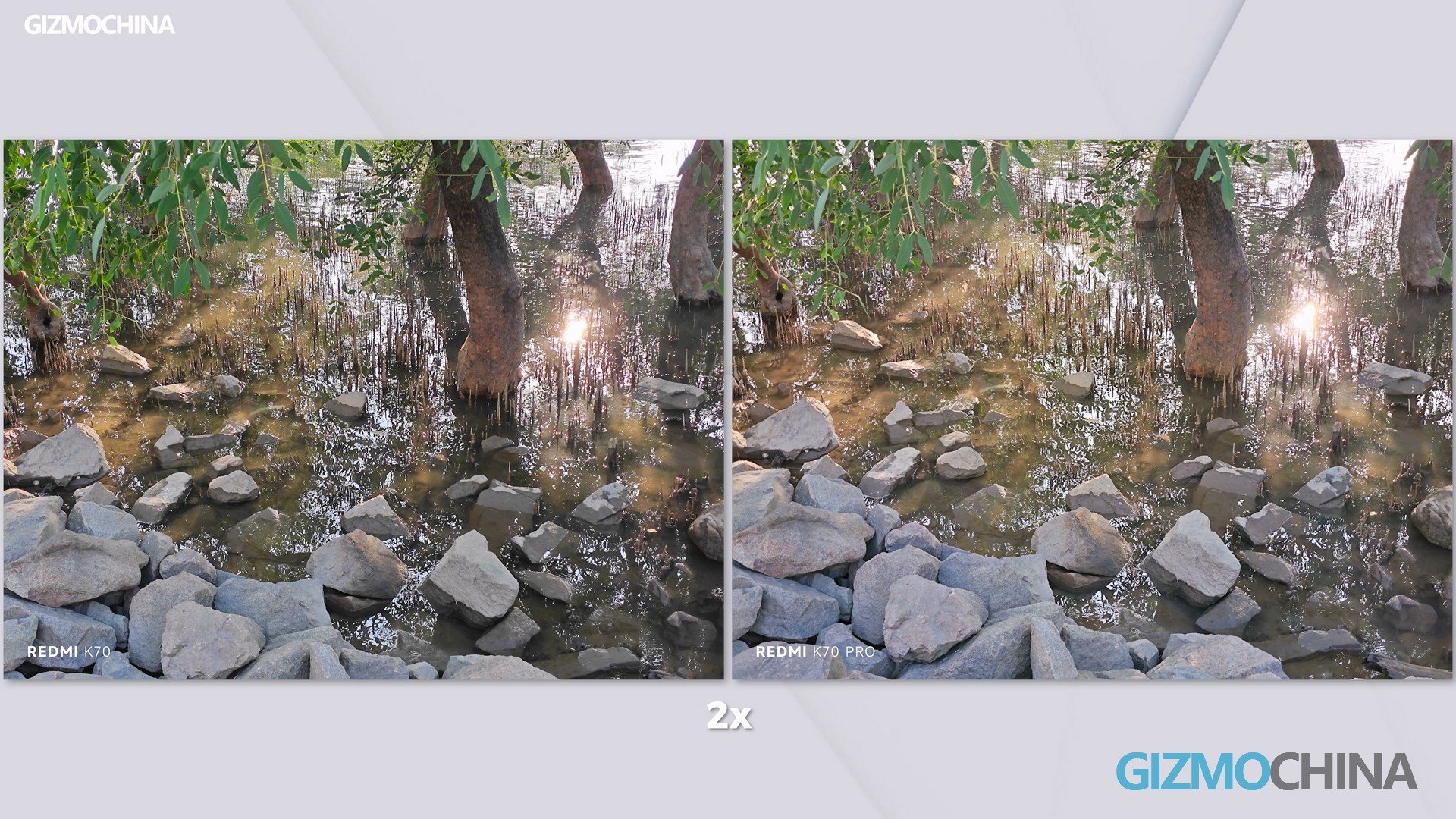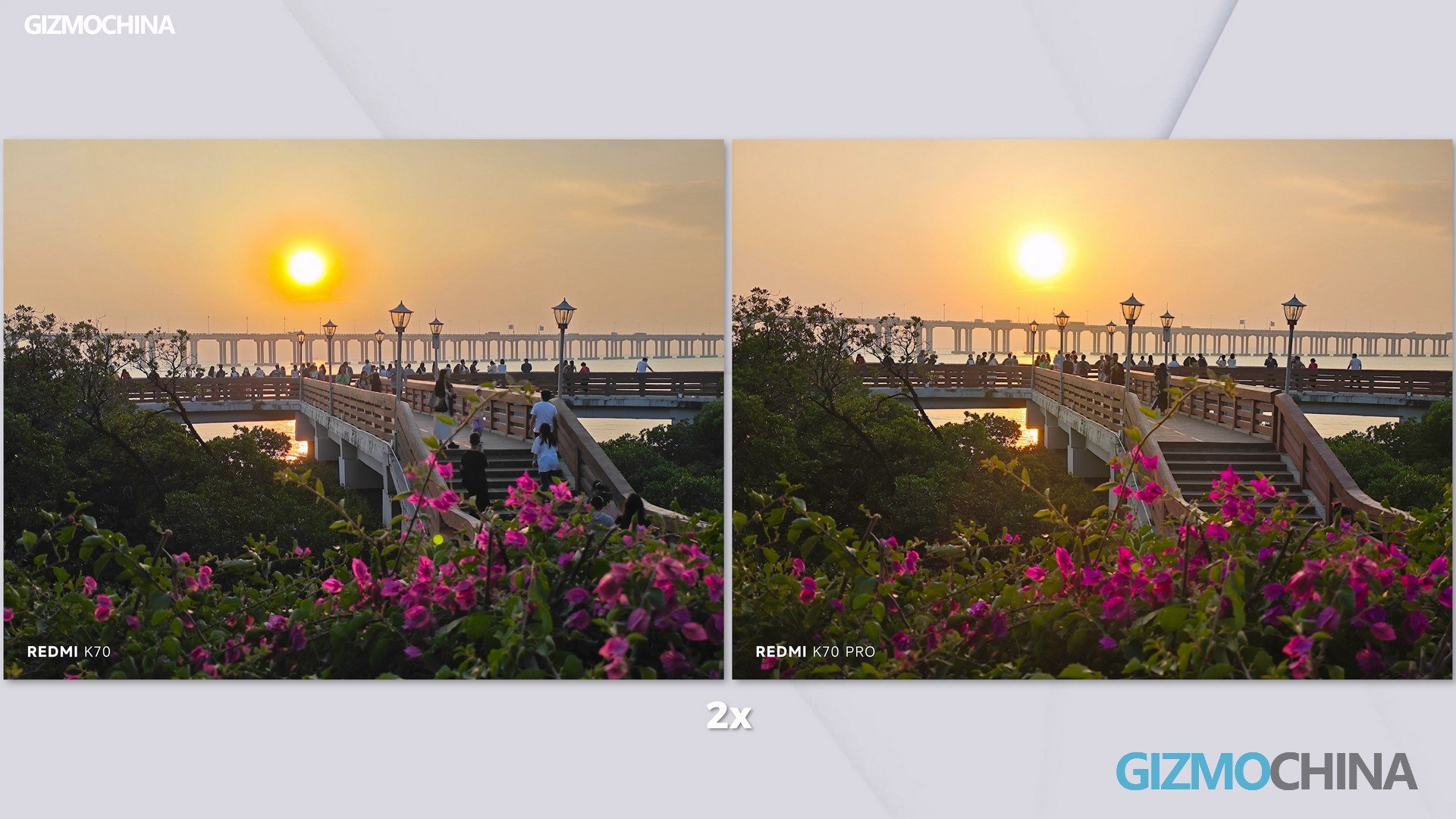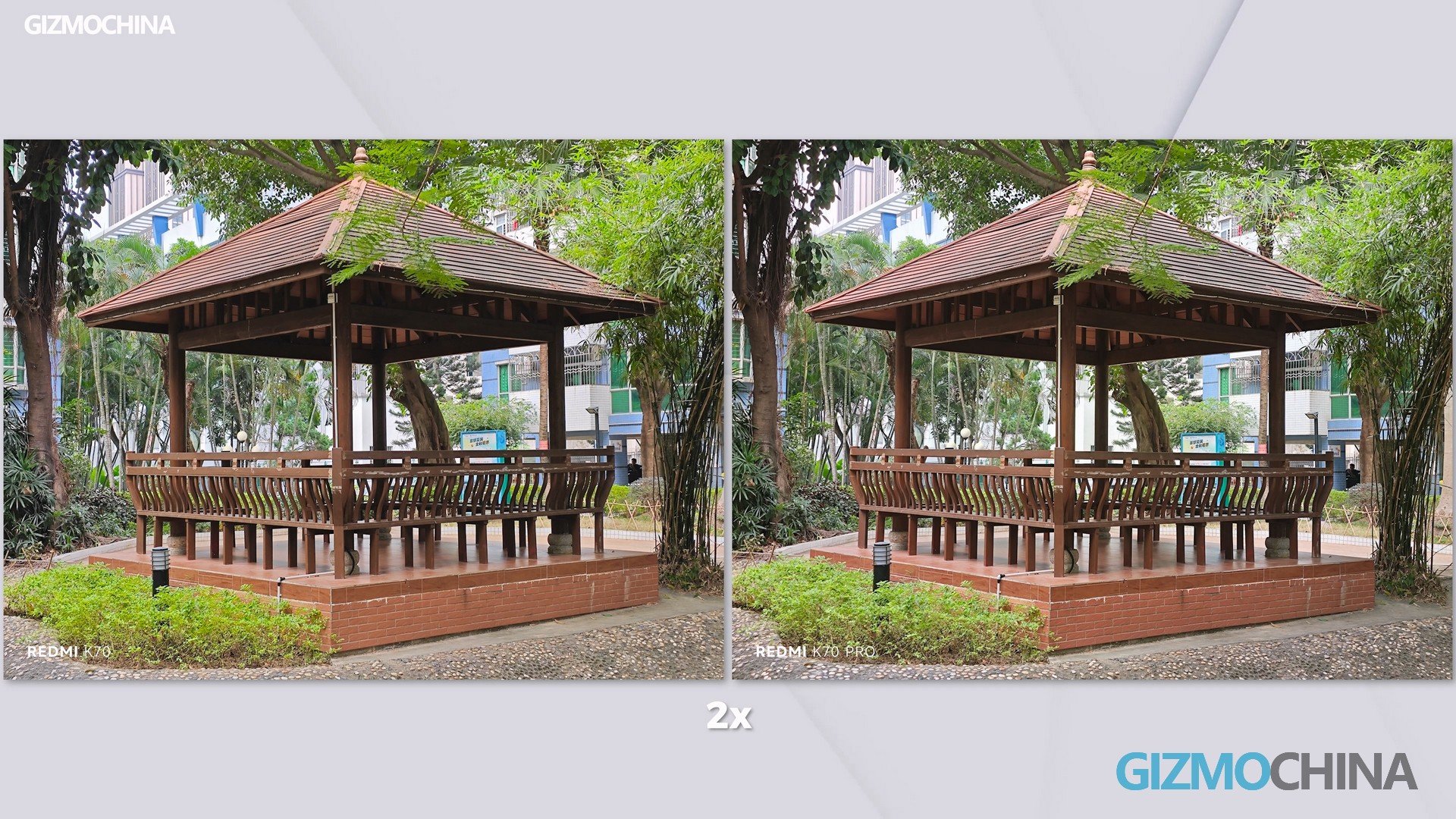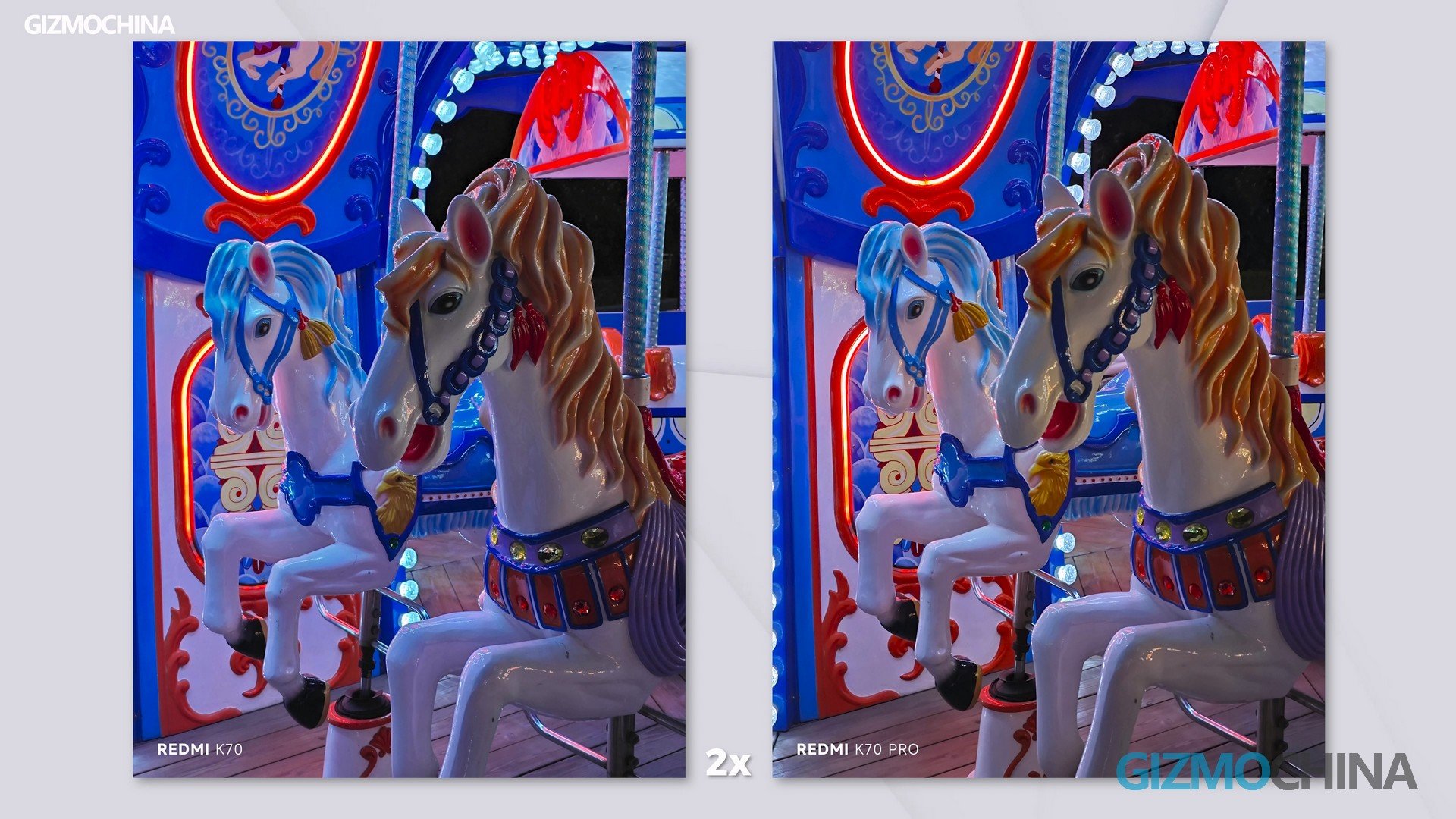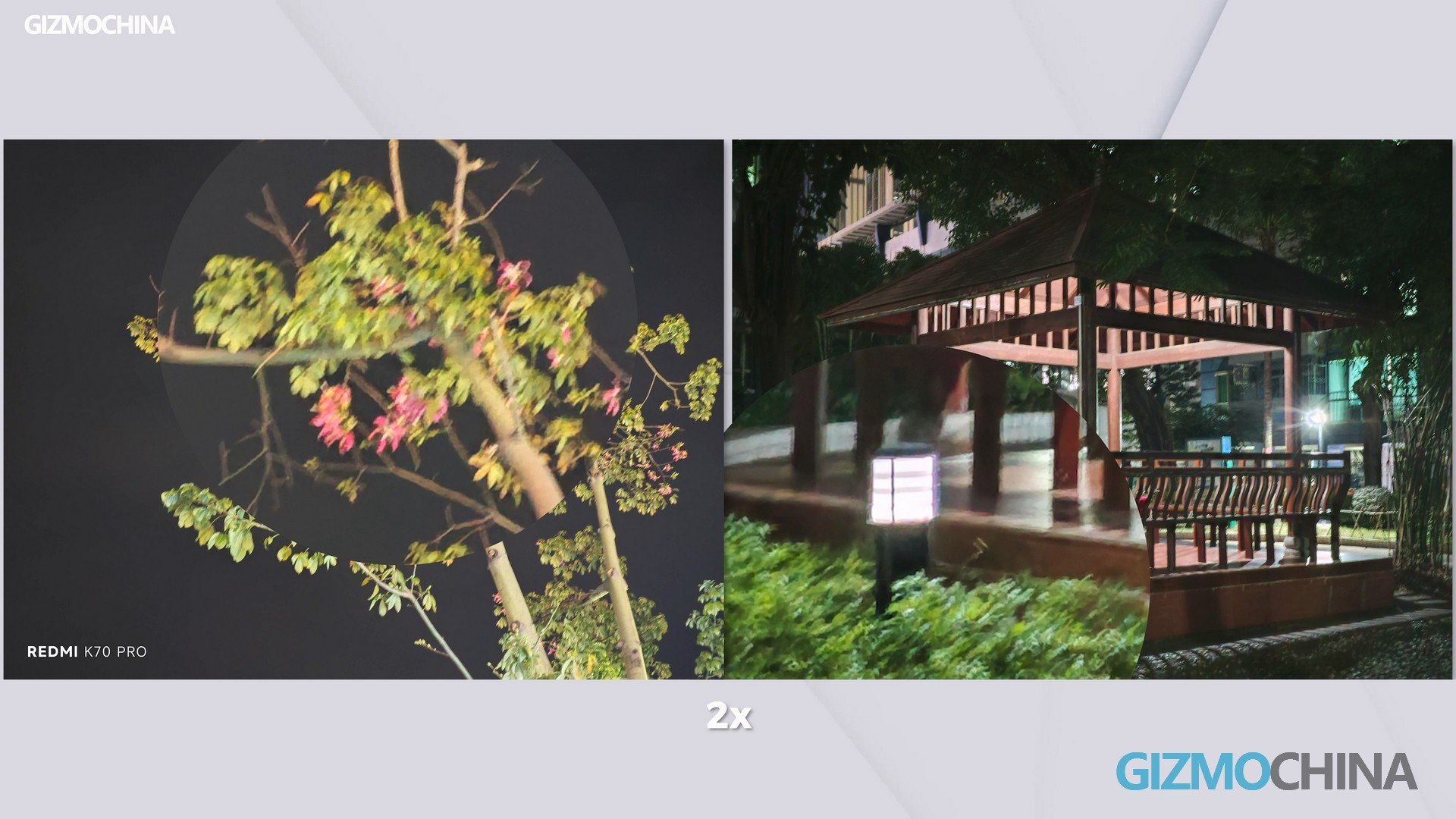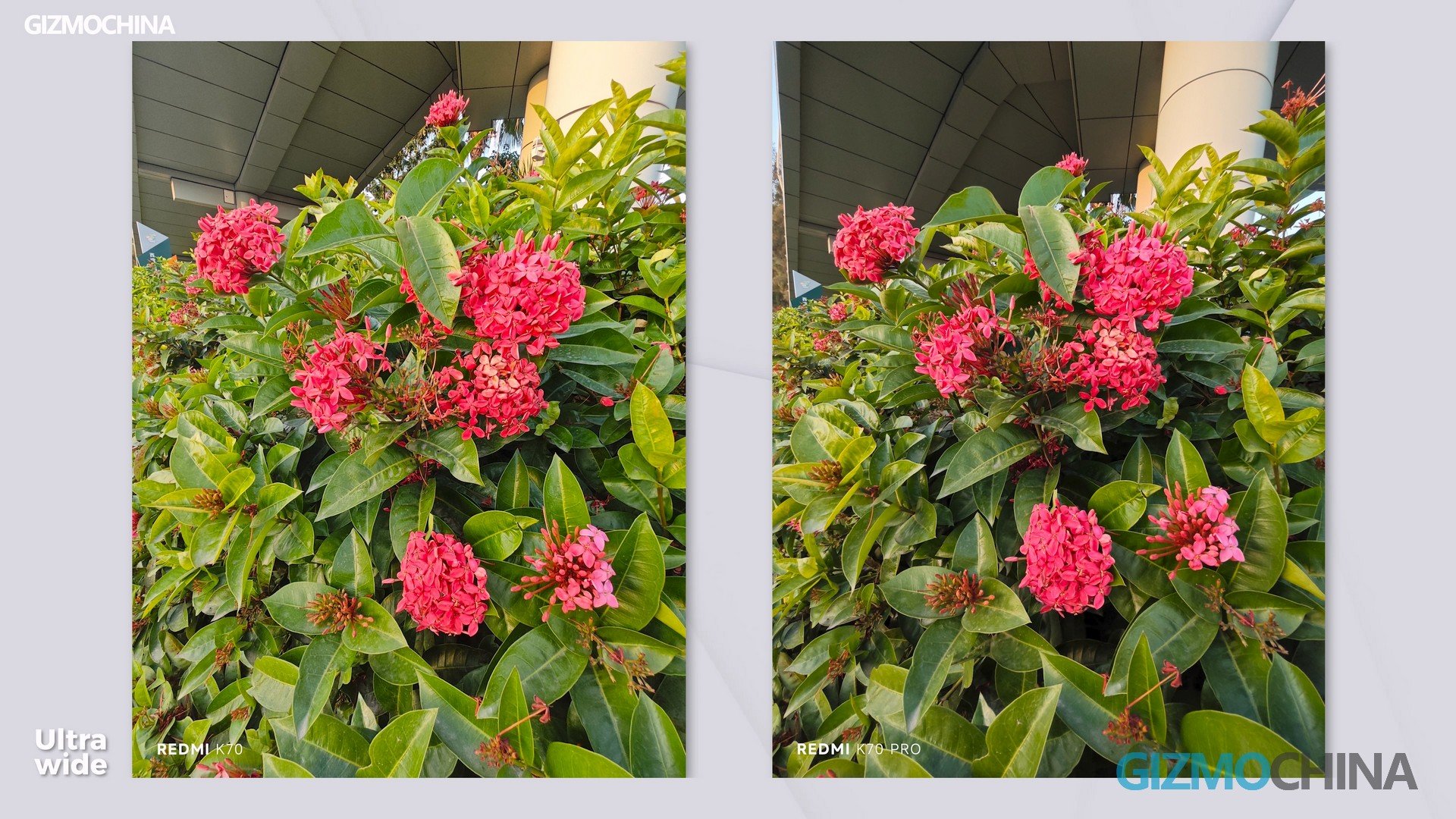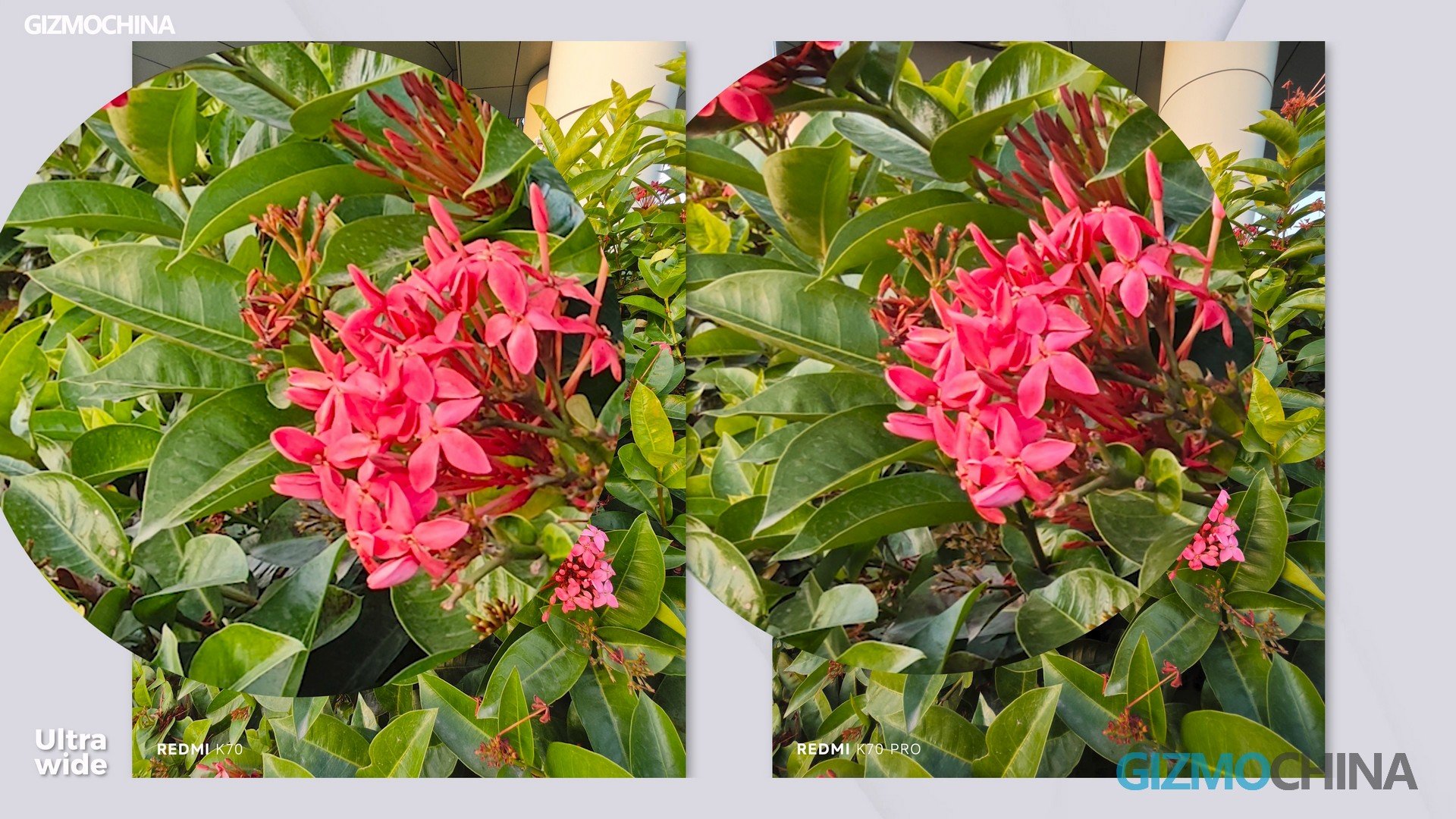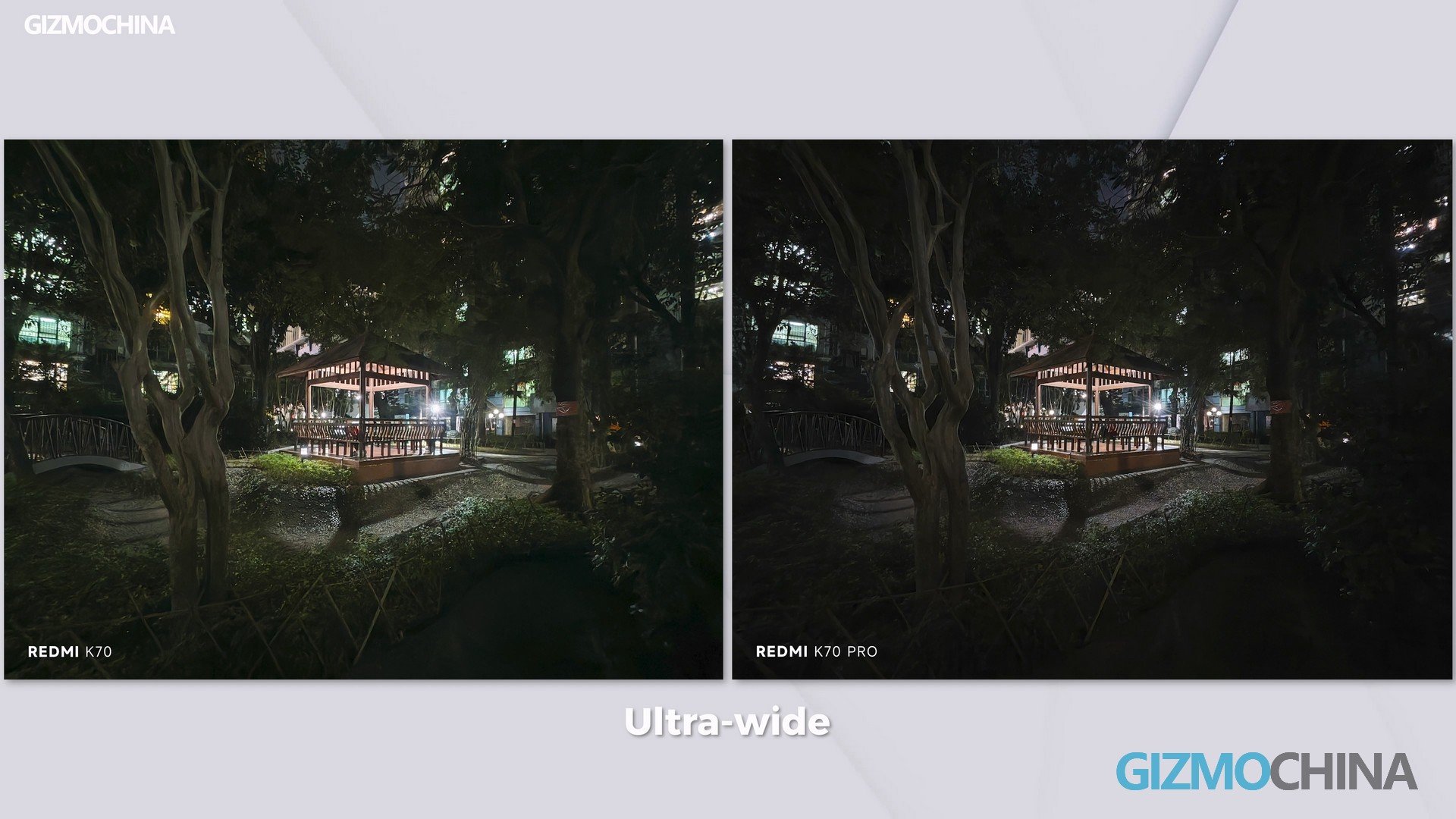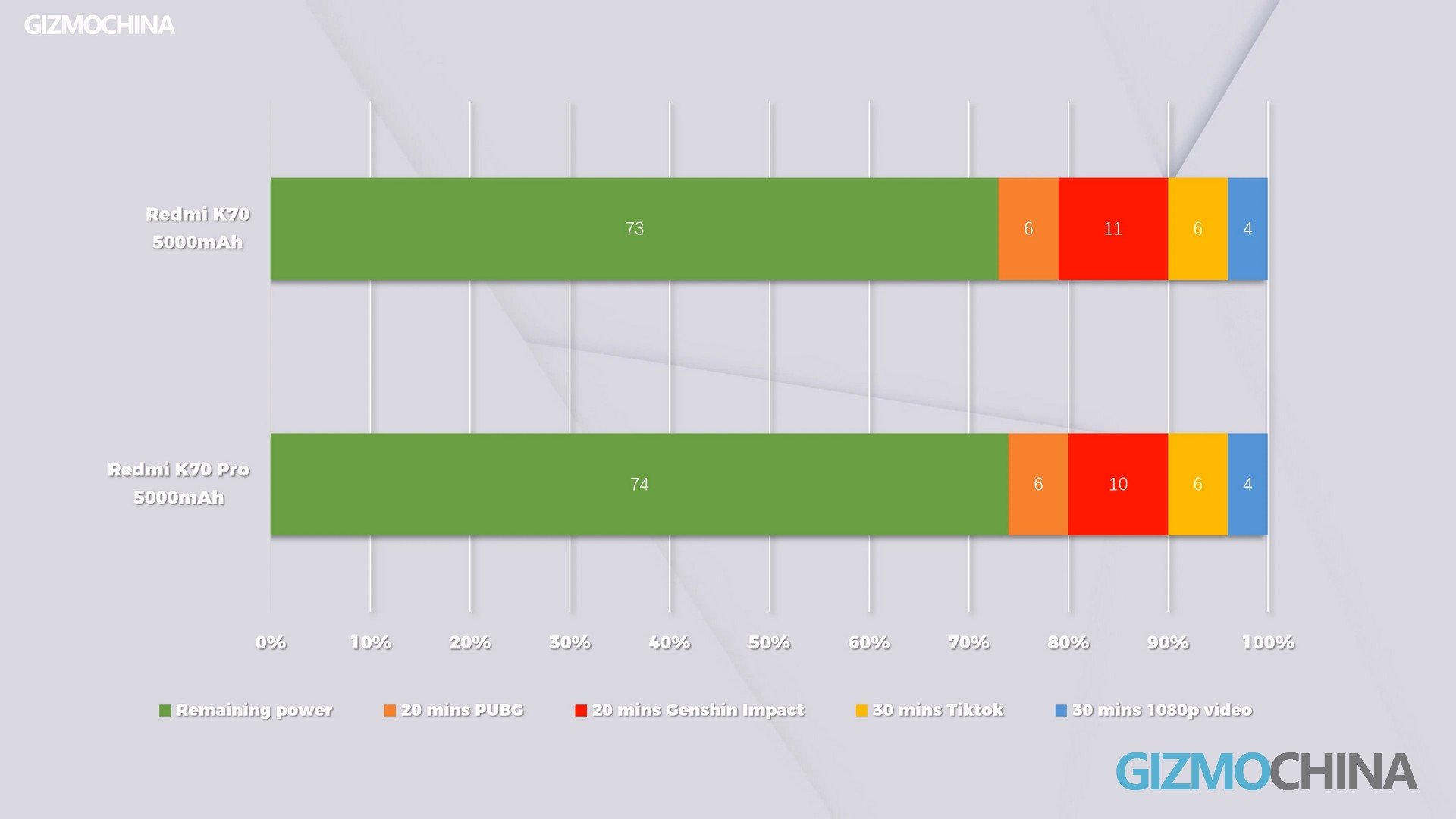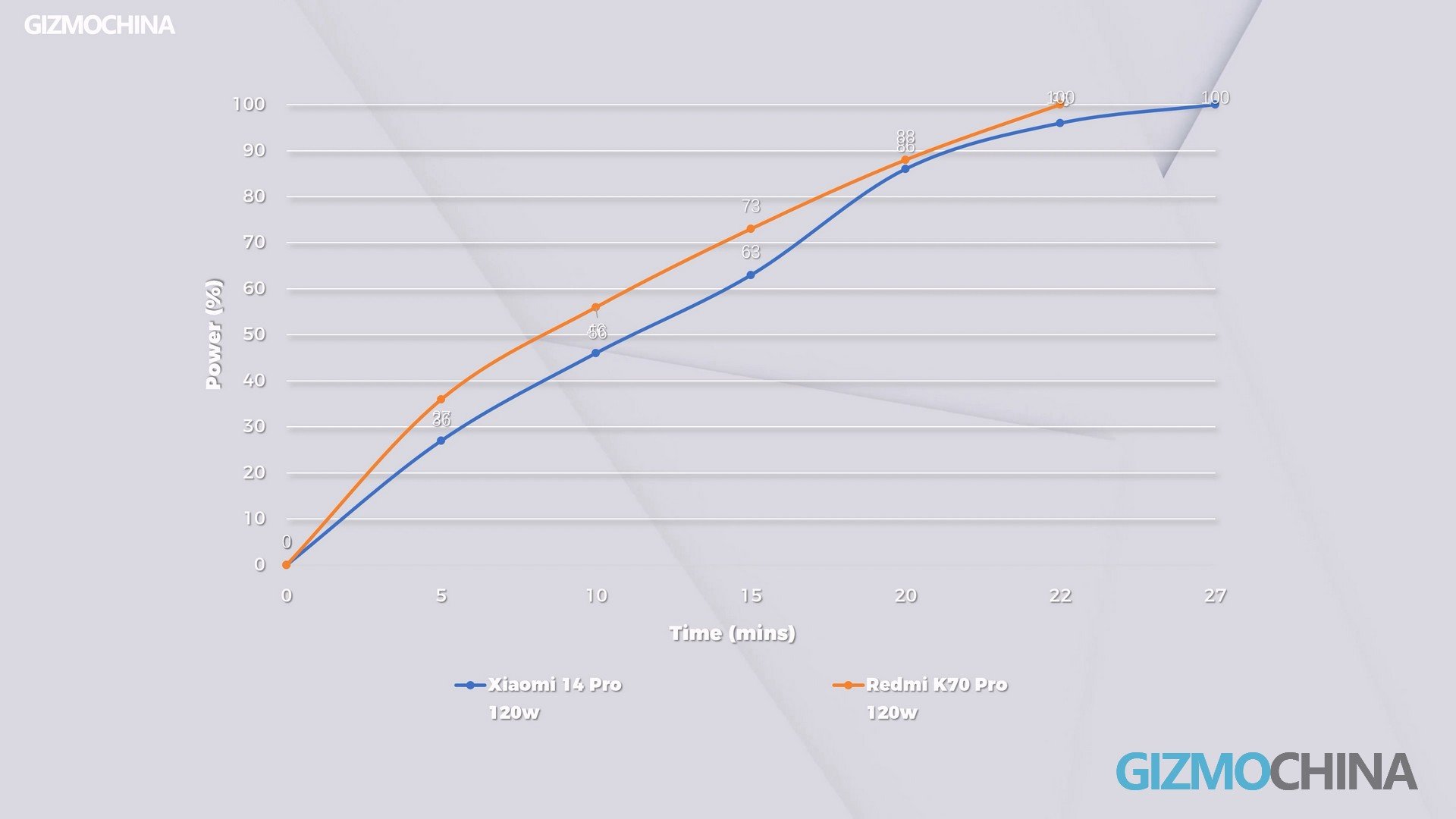Unsurprisingly, the K70 series was another big seller in China. Compared to the K60 series, this K70 doubled the so-called “sales in five minutes”. While many people trolled it in our unboxing video for this phone getting uglier, it’s also true that it’s more popular. So why exactly do people love both phones here so much? After my two days of experience, I probably know what the answer is.
Design
I admit, if you just look at the appearance, the K70 is not as good as the K60. Are people stupid for buying it even though it’s ugly? Of course not, it’s just because a lot of people were overwhelmed by the texture of both phones after actually getting their hands on them. I was one of them, and the K70 is definitely better to the touch than to look at.
After so many years, it’s still quite impressive that we’re finally seeing aluminum frames again in a budget phone. I would recommend buying the black or white version, they are the only two colors with frosted back covers, which are less prone to fingerprints. By the way, the black frosted back cover is as rough as sandpaper to the touch, while the white one is like silk and smoother.
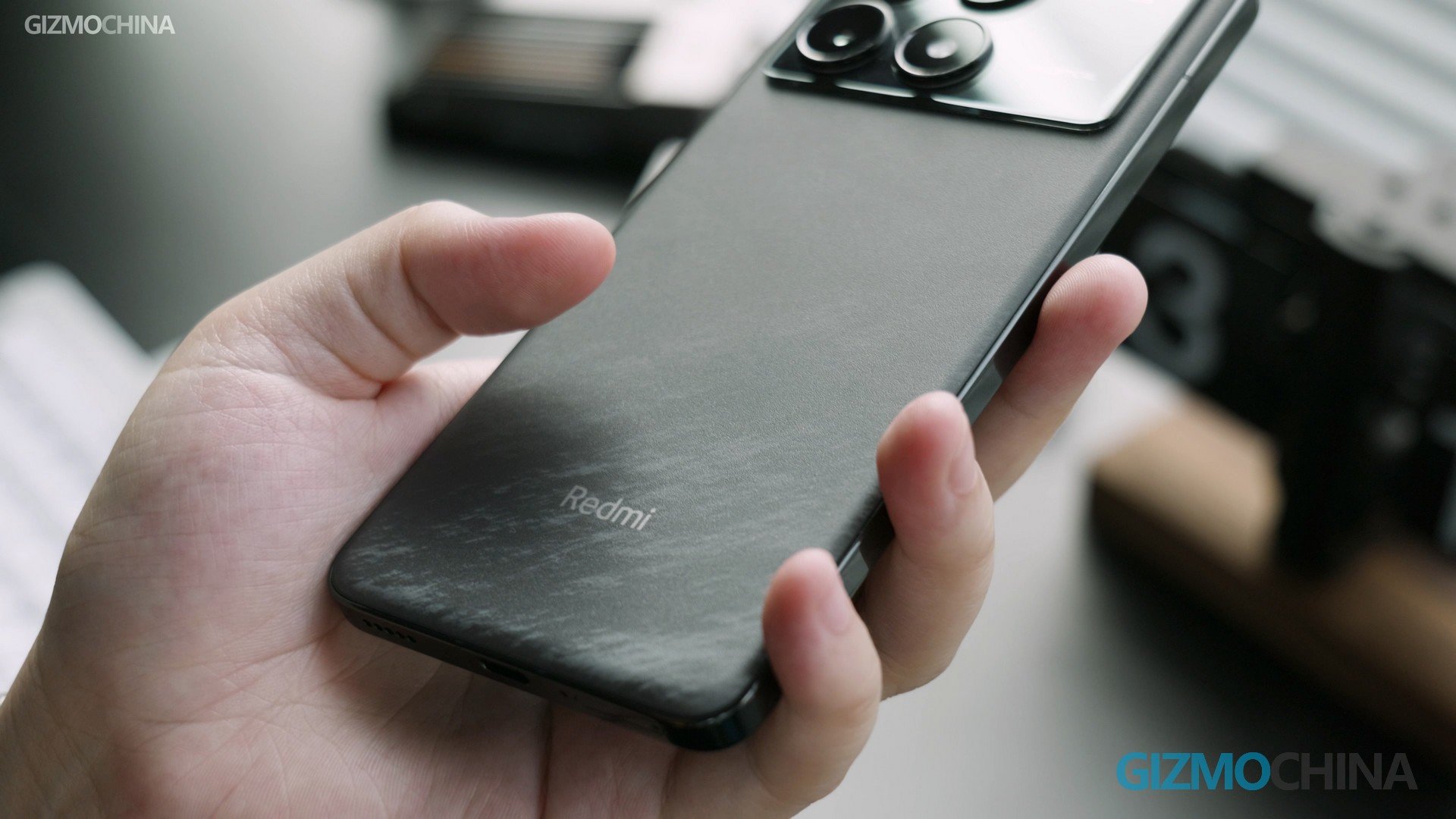
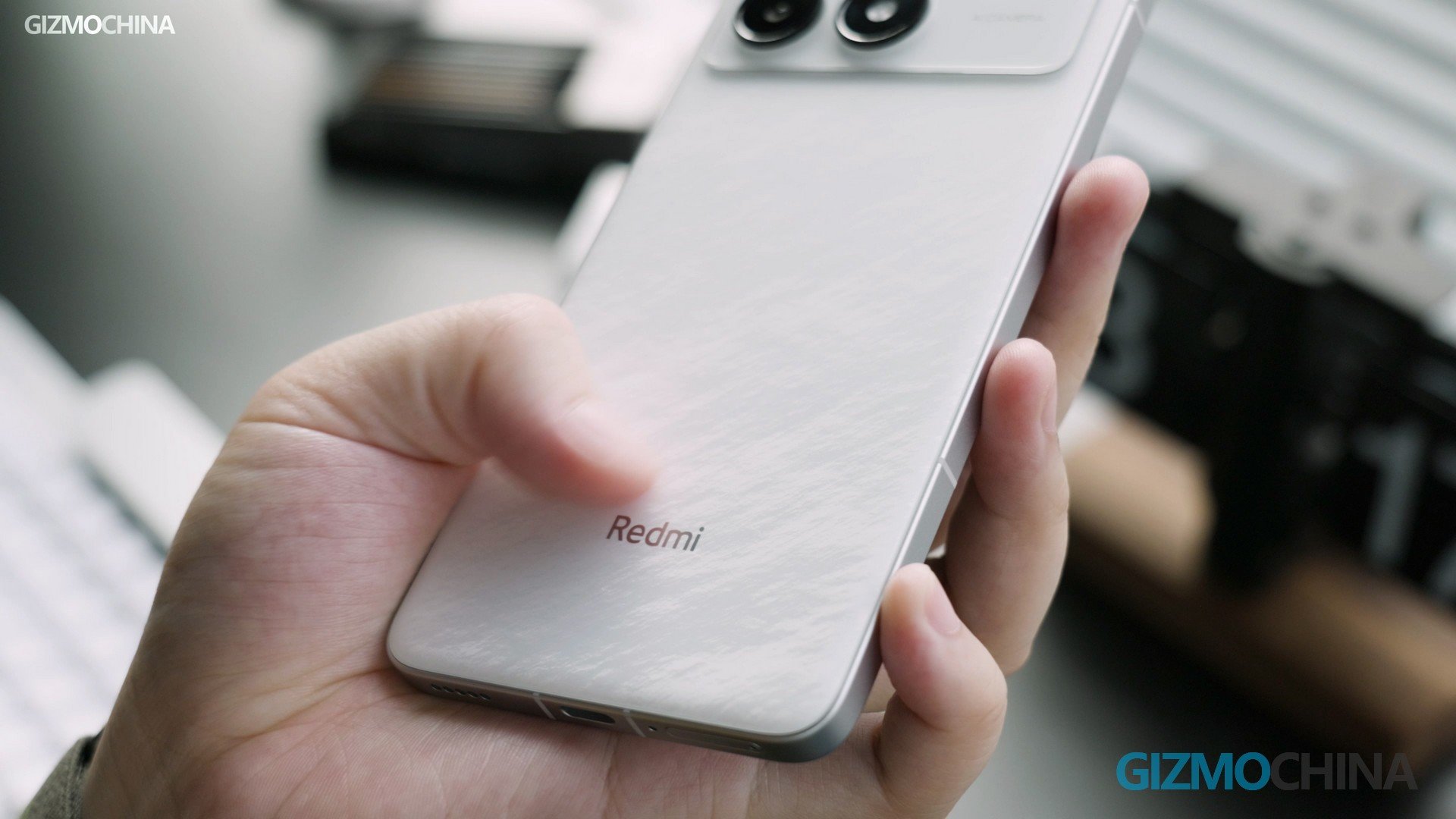
After all the good points, it’s time for some complaints. No IP68. no wireless charging. That’s right, this is the Redmi we’re all familiar with. So K60 series users, hold dear to your phones because Redmi phones probably won’t have these two features in the future.
Display
The K70 and K70 Pro use the same screen, both 2K straight screens from TCL. Shockingly, this C8 panel has a 3000nit peak brightness on the Xiaomi 14, and it didn’t take long for its maximum brightness to rise to another level. In fact, the manual full-screen maximum brightness is probably only 670nit, and in sunlight, it can reach up to 1200nit. it’s quite nice to use, but it’s certainly not as exaggerated as it’s claimed to be.
Don’t think Redmi is the only one who likes to use such promotional tactics because there are a couple of phones with a peak brightness of 4500nit that will be released soon.
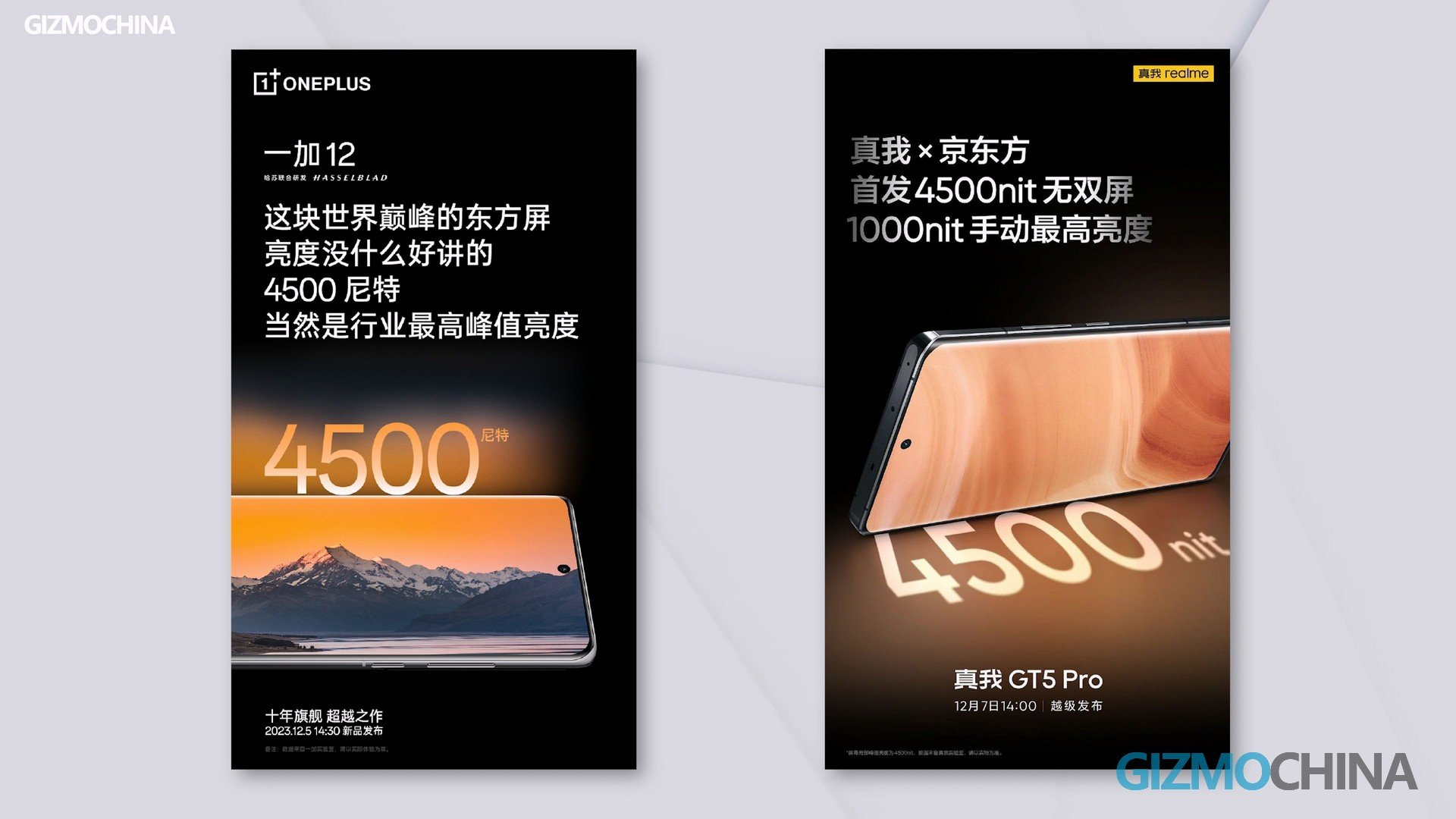
Compared to the peak brightness which seems like a gimmick, the increase in PWM dimming frequency is what we really need. 120Hz DC-like dimming at high brightness, 1920Hz PWM at medium brightness, and 3840Hz at low brightness. Even though they don’t support LTPO, they are able to do the same with the refresh rate automatically reduced to 60Hz when you are not using the phone. It will drop the dimming frequency, but I think it’s acceptable.
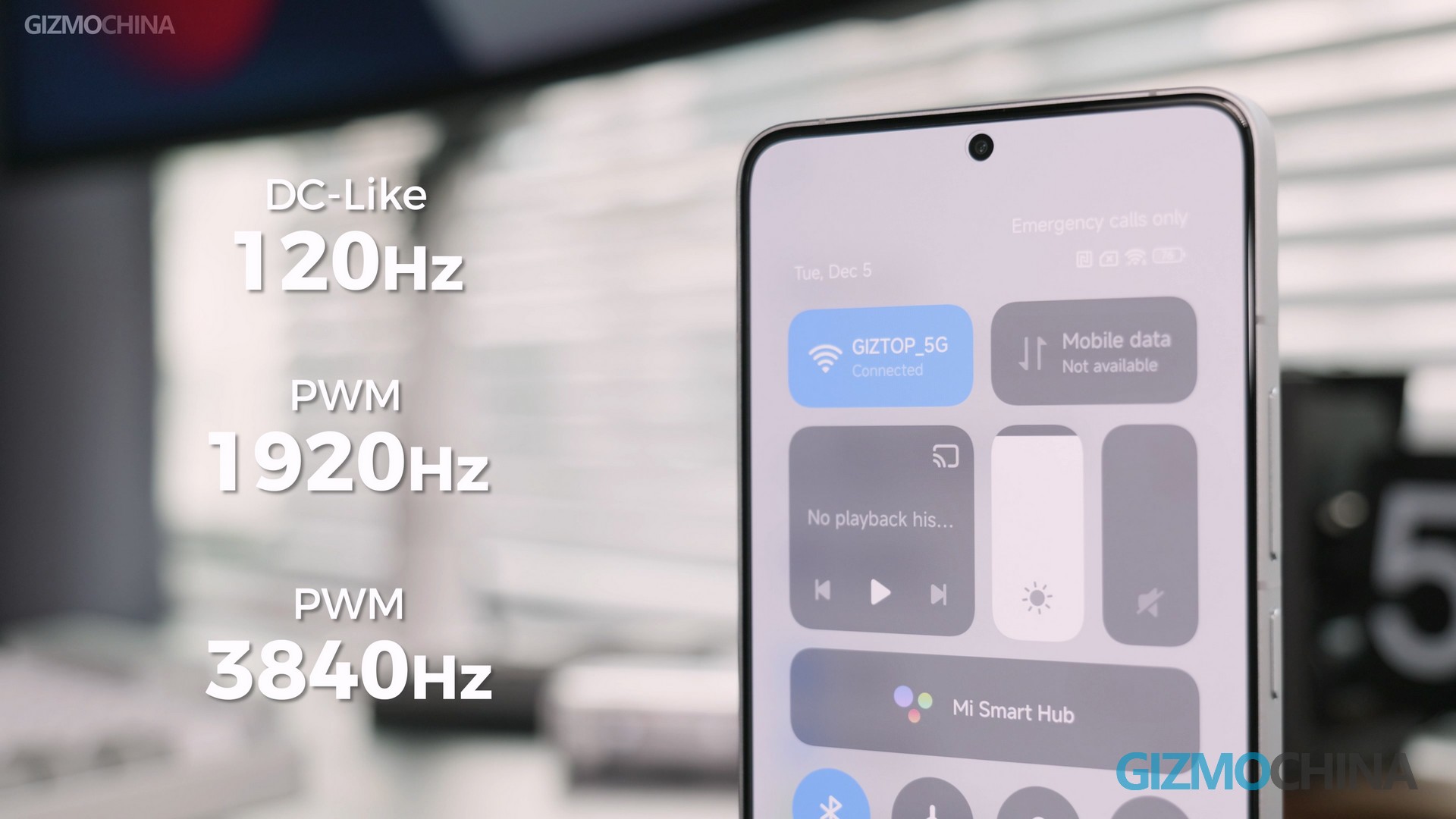
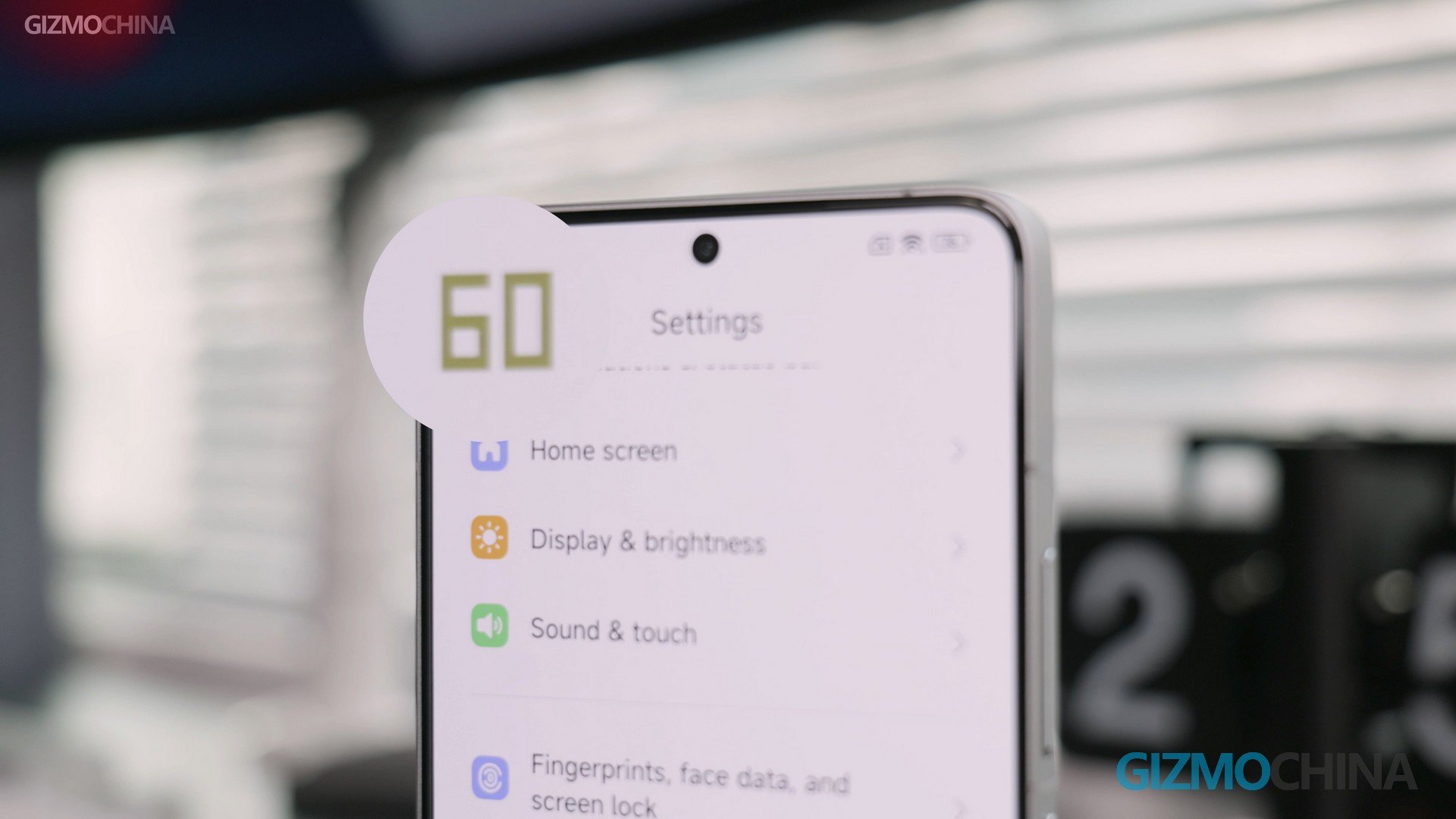
We also tested the touch sampling rate. It’s 240Hz under normal conditions, and 480Hz with Enhanced touch turned on. There’s no doubt that the K70 series has won big again this year in the screen part. Especially with the K70 Standard, you’ll never find a phone with a better screen for under $400, I’m sure of it.
Benchmark & Gaming
One of the biggest differences between the Standard and Pro versions is the processor. One is the latest 8 Gen 3 and the other is 8 Gen 2. Obviously, there is a real gap in performance between them. But don’t worry too much about the gaming experience on the standard version, as the 8 Gen 2 is still a very good processor. We tested them both in Genshin Impact at a room temperature of 22 degrees Celsius. The frame rate curves for both the Standard and Pro versions are almost identical, with a straight line. The maximum temperature is also kept below 47 degrees Celsius.
Doesn’t seem like there’s much need to buy the Pro, but in fact, looking at the power consumption you can see that the Pro version is definitely the one that handles it more calmly. The standard version will consume 1% more power than the Pro after 20 minutes of gaming. If battery life is important to you, then the K70 Pro is better for you.
By the way, if you want to play Genshin Impact in 2K resolution at 60fps on your phone, without frame insertion or AI enhancement, then only the three phones in the Redmi K70 series can do it at the moment. But there’s a pre-condition: you have to buy their COOLING BACK CLIP, otherwise you can only play at 30fps in 2K resolution.
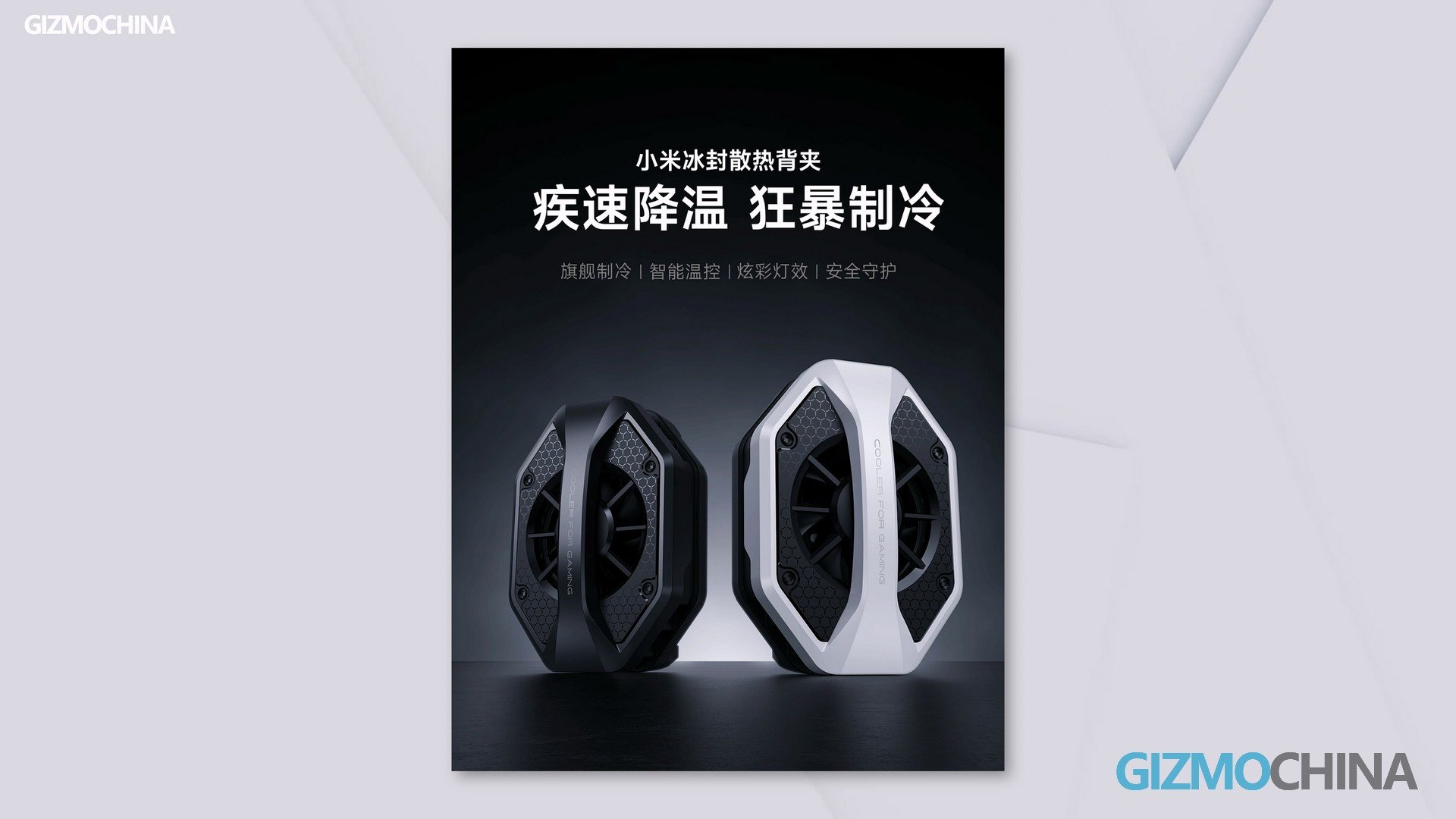
Camera
The second major difference between the K70 and K70 Pro is the camera. Aside from the main camera, the Pro version comes with upgrades to the other two cameras.
Let’s look at this new 2x telephoto camera first. Unfortunately, it doesn’t live up to my expectations. As you can see compared to the standard version that crops the shots with the main camera, the Pro version doesn’t have a significant advantage. Even for photos taken at night, you’d be hard-pressed to say which one is better. And the fact that this telephoto camera doesn’t have OIS means there is a higher possibility of getting a blurry photo. I’m not satisfied with this telephoto anyway, so I might as well have the macro camera back.
The Ultra-wide camera isn’t much better. Despite the increased amount of pixels, the sharpness isn’t significantly better. Only the white balance in dark-light conditions is a bit more accurate. So the Pro version is the same as the standard version, other than the main camera, don’t expect any really good photos from the other two cameras.
As for the standard version, my biggest complaint is that the highlighted areas get reddish. It makes all of my sea shots look like red wine, it just does not make any sense. Let’s hope they fix this bug with a system upgrade.
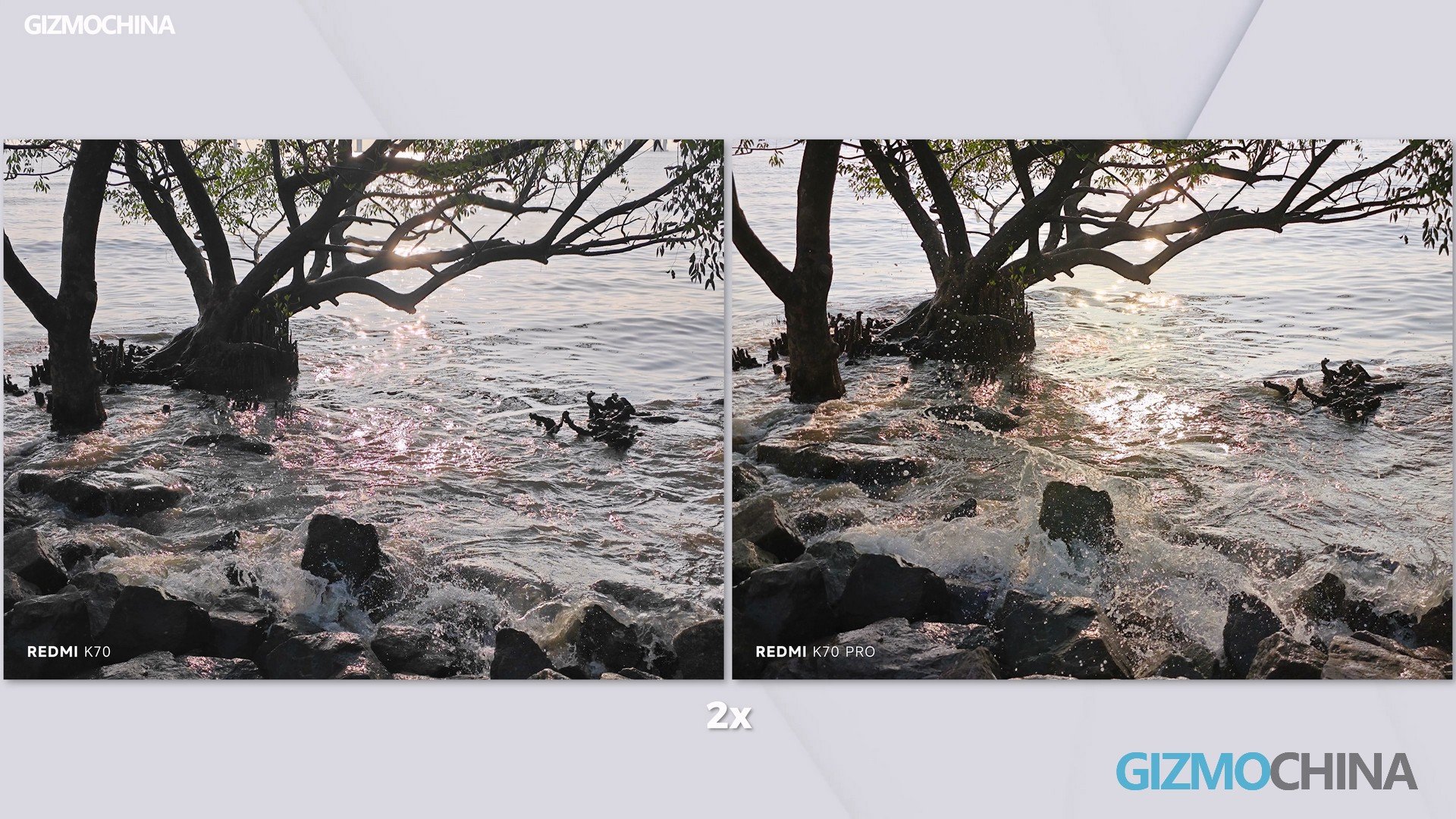
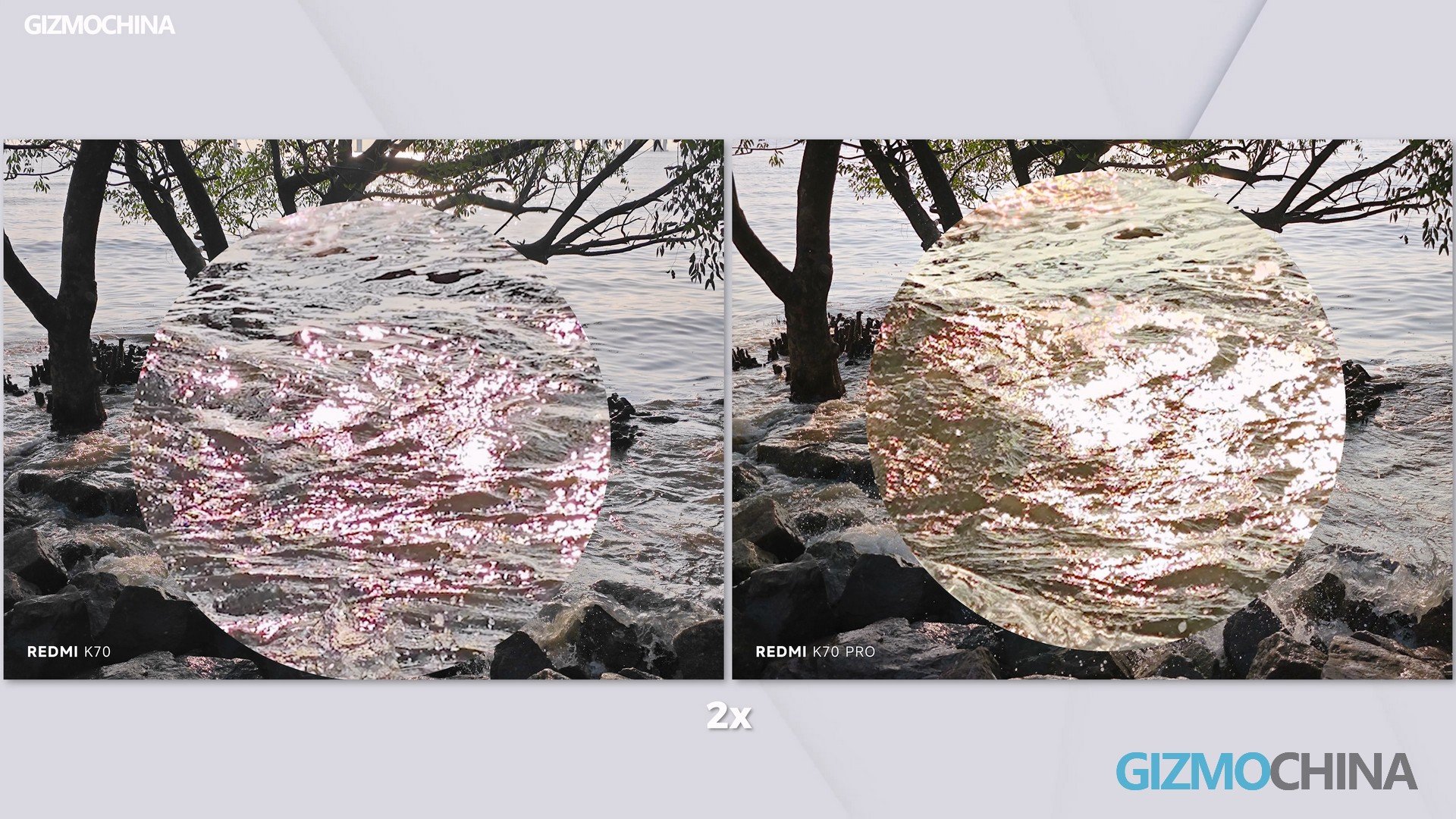
The K70 standard version only supports recording 4K resolution videos on the main camera. But the Pro version not only supports 4K on all three cameras, but you can switch cameras during recording. Redmi has that sneaky thought to make you buy the K70 Pro.
Battery & Charging
The two phones have the same battery capacity and the same charging power, so we only tested the charging time on the Pro. In fact, I prefer the combination of 67W plus 5500mAh, the battery capacity can be much more important than the charging speed, but unfortunately, there is no choice for now. Battery life is also average level, there’s not much to say about it. Plus there’s no wireless charging, so the two K70s are a step back in this charging and battery part.
Conclusion
It’s clear that the K70 doesn’t have much of an improvement in specs, and even regresses in some parts. Why are people clamoring for them? I think that’s what makes Redmi great. Every year they get rid of features that their target users don’t like much, like wireless charging. Keep the popular features, like the 2K straight screen. Then add some new selling points like metal frames and better cameras. As long as the price stays the same, or is cheaper, then they will keep selling well. If you like the K70, then buy it. Because there might be certain features you like on the K70, but won’t show up on the K80.

